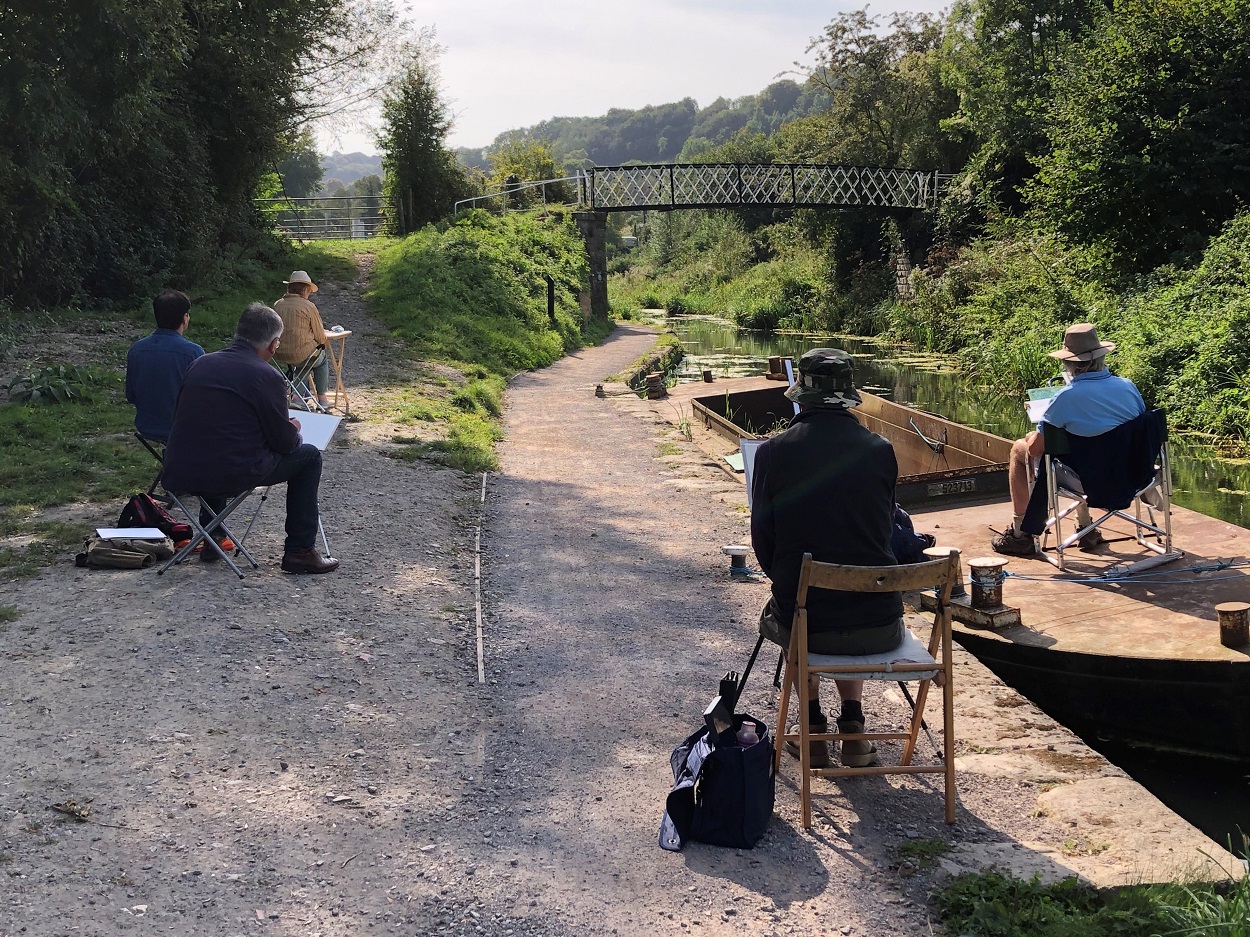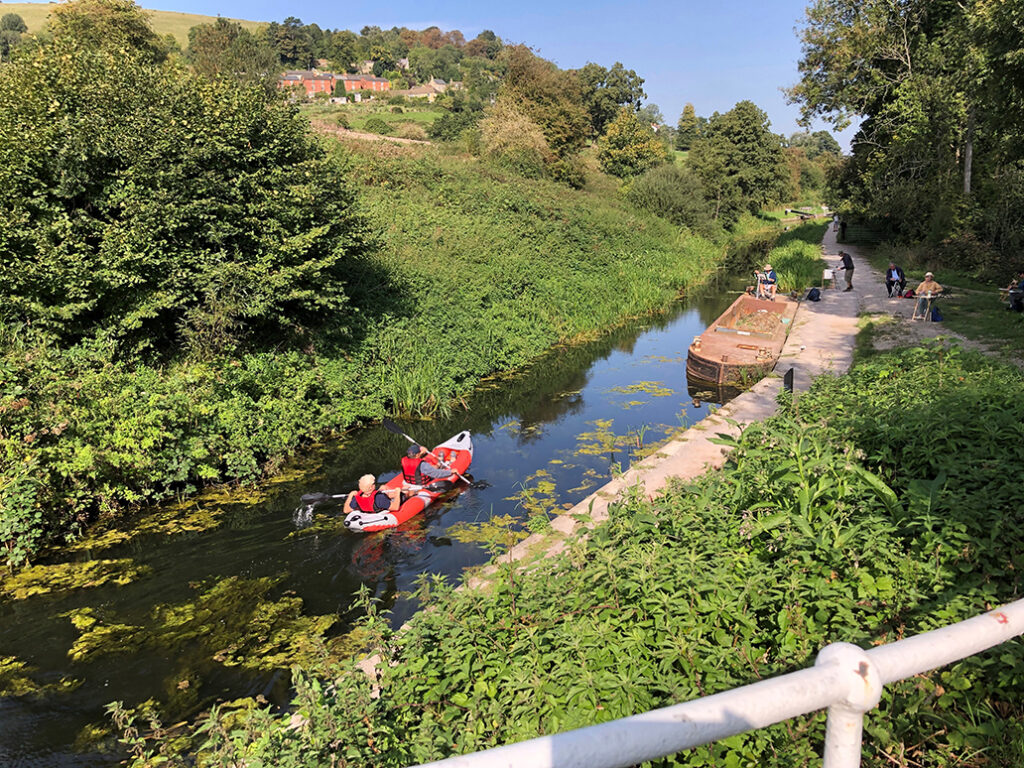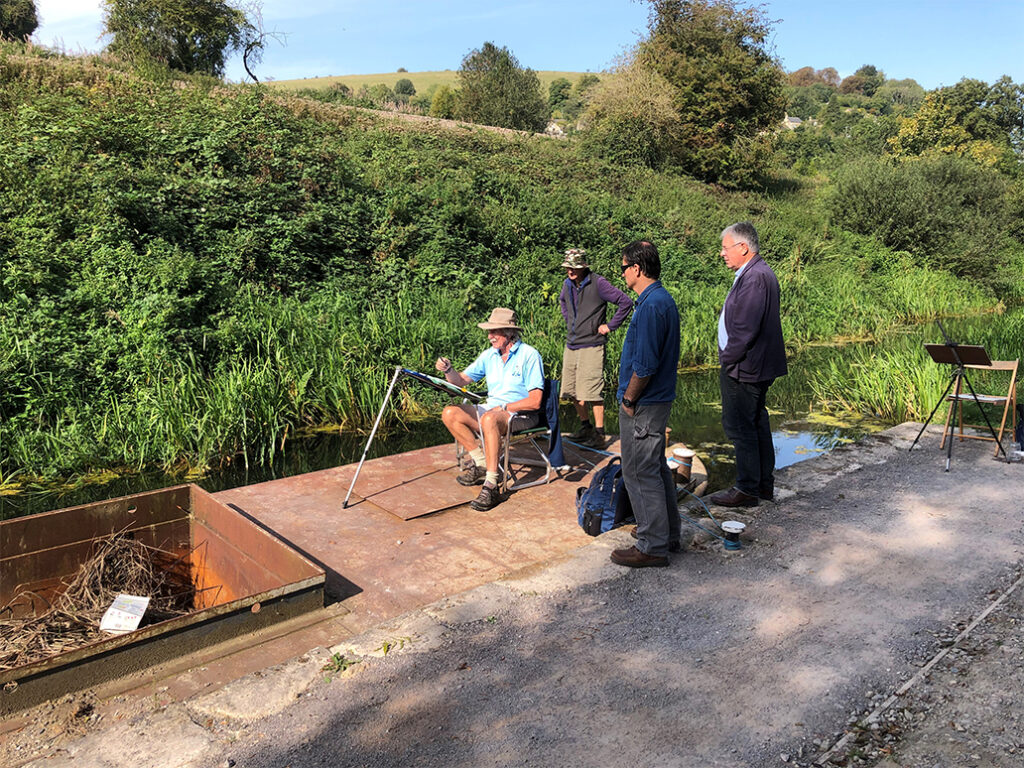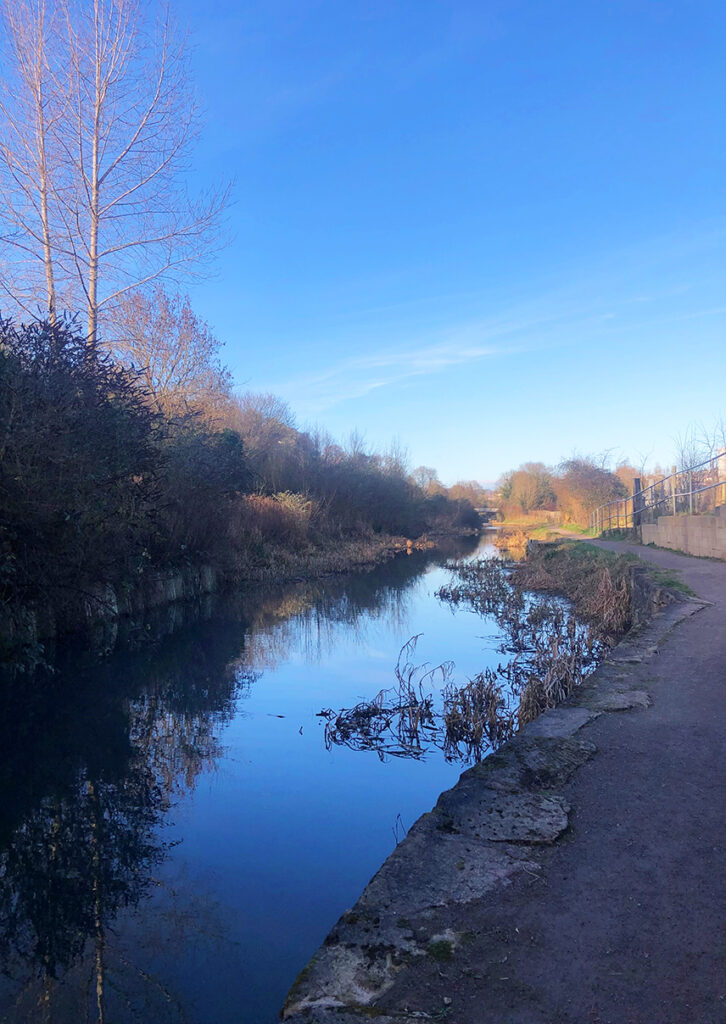Stroudwater Canal Wins Restoration Award

The Georgian Group awards The Cotswolds Canals Trust for the restoration of the Stroudwater Canal
Pegasus Art is housed in a handsome 18th-century red brick mill building on the banks of the Stroudwater Canal. The canal network that weaves through our town is part of an important heritage, culture and past wealth. We feel proud to be the current custodians of Griffin Mill, which once manufactured walking sticks, produced textiles and incredibly, was a site for building enormous glider wings during World War 2. You can read about the history of Griffin Mill here.
We couldn’t be more delighted that The Cotswold Canals Trust has been awarded for the restoration of the Stroudwater Canal by The Georgian Group Architectural Awards.
We run Plein Air Painting Workshops on the canal in the warmer months and like to play our part in enjoying our stretch of water, whilst taking advantage of its many benefits. It’s very beautiful – our staff walk to and from work along the canal and we often discuss reports of otters and kingfishers. One of our studio holders swims in the Bowbridge pond. We are very privileged to work next to the canal.
Plein Air Painting Workshops in 2024
BOOKING NOW:
Capturing Reality – plein air on Stroudwater Canal with Tom Hughes – Saturday 20th April **ONLY TWO PLACES LEFT**
Greens without Green – plein air on Stroudwater Canal with Barry Herniman – Saturday 29th June


In 1779 the eight-mile-long Stroudwater Canal was opened, running from the River Severn to Stroud. Ten years later the Thames & Severn Canal extended eastwards to the River Thames, so connecting two great trading rivers. At the height of its success, there were more than 200 canal-side mills in the Stroud Valley. Profits funded private, civic and religious buildings in the town and its surrounding villages. Though they faced stiff competition when the railways arrived in the 1840s, the canals did not close until the 20th century: the Thames & Severn Canal in 1933, and the Stroudwater Canal in 1954. Left to silt up, they became rubbish dumps and were threatened with conversion into roads.

The Cotswolds Canals Trust began restoration work in the early 1970s. It now has a membership of more than 7,000, with an active volunteer force of more than 900. In restoring the historic canal and its 13 locks, the CCT has remained faithful to the design of its Georgian builders but has also incorporated current technology. Dudbridge Lower Lock, for example, includes a hydroelectric scheme that feeds more than £100k worth of energy into the national grid. The restored towpath is used by more than 300,000 people each year, and following dredging, the clean water of the canal has enticed the return of rare animals and bankside flora.
The Trust has collaborated with more than 100 organisations and benefitted from National Lottery Heritage Fund and Stroud District Council grants.
Taken from The Georgian Group Architectural Awards website.

